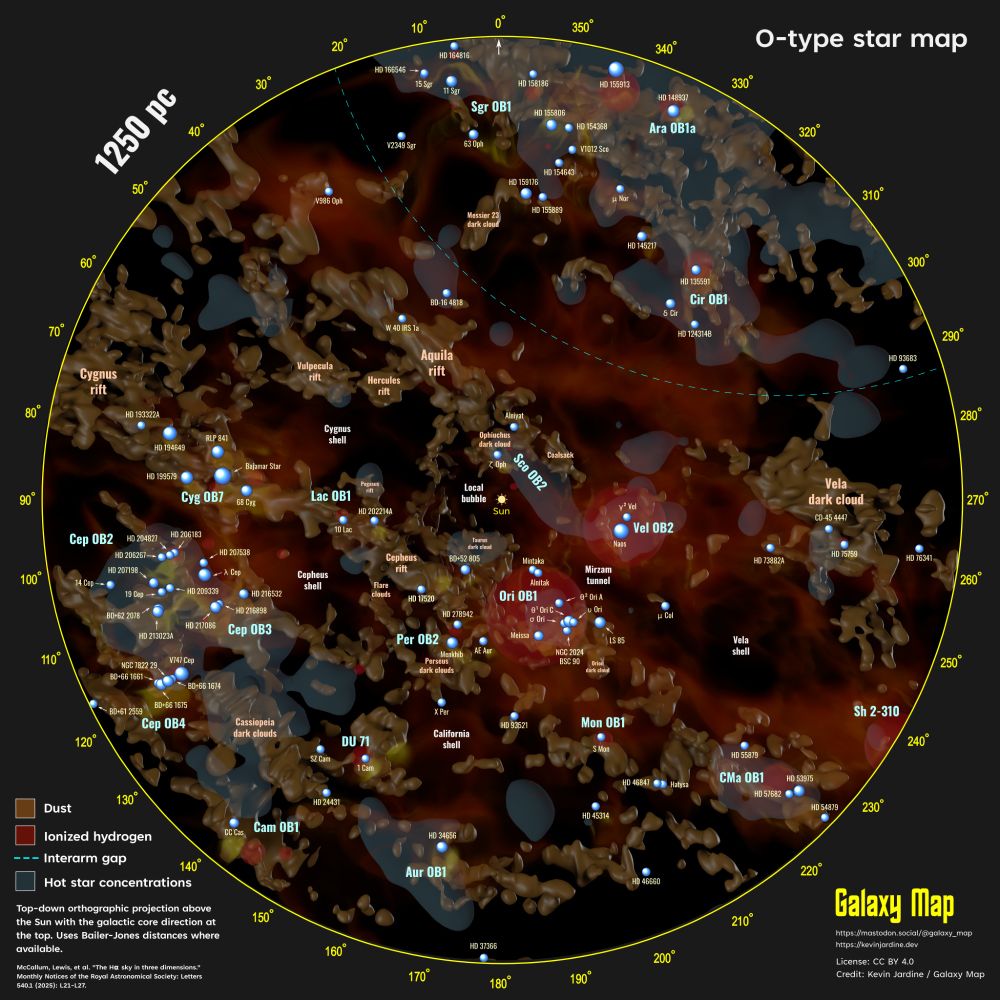
Website: https://kevinjardine.dev
Tip jar: https://tiptopjar.com/kevinjardine
Also follow me on @[email protected]
kevinjardine.dev/blog/post-14/
#GameDev #IndieDev

kevinjardine.dev/blog/post-14/
#GameDev #IndieDev

newrepublic.com/article/2028...

newrepublic.com/article/2028...
https://www.eso.org/public/announcements/ann25009
🔭 🧪


Why is Gaia DR4 going to be so exciting? Here are several reasons.
kevinjardine.dev/blog/post-13/

Our first community-led book is finally complete, featuring gorgeous art by @pundus.art and @steillustrates.bsky.social stunning design work by Hye. Patreon members can download it right now — a full month before public release.

Why is Gaia DR4 going to be so exciting? Here are several reasons.
kevinjardine.dev/blog/post-13/

Why is Gaia DR4 going to be so exciting? Here are several reasons.
kevinjardine.dev/blog/post-13/
www.uploadvr.com/pico-2026-he...

www.uploadvr.com/pico-2026-he...
A record.
A first.
And a clear message that Europe is serious about space and that @esa.int is the agency it trusts to deliver.
A historic Ministerial. A united Europe. A stronger ESA.
www.esa.int/About_Us/Cor...

A record.
A first.
And a clear message that Europe is serious about space and that @esa.int is the agency it trusts to deliver.
A historic Ministerial. A united Europe. A stronger ESA.
www.esa.int/About_Us/Cor...

Dinosaurs lived on the other side the Galaxy.
Swedish Deputy Prime Minister Ebba Busch
Clever phrasing. When I was growing up in Canada, the country to our south was the "United States".
"America" was the continents.
Swedish Deputy Prime Minister Ebba Busch
Clever phrasing. When I was growing up in Canada, the country to our south was the "United States".
"America" was the continents.
youtu.be/ybdWf6P3FKE?...

youtu.be/ybdWf6P3FKE?...
Read more 👉 https://esawebb.org/images/wolf-rayet-apep/
🔭

Read more 👉 https://esawebb.org/images/wolf-rayet-apep/
🔭

png: gruze.org/ha_grid/o_st...
pdf: gruze.org/ha_grid/o_st...

png: gruze.org/ha_grid/o_st...
pdf: gruze.org/ha_grid/o_st...
www.uploadvr.com/walkabout-mi...

www.uploadvr.com/walkabout-mi...
A new study, led by Marie Barbillon, exploited the spectroscopic parametriser from Gaia DR3 to build a high-resolution extinction map! It extends up to 4 kpc from the Sun, with a finer version focused on the Local Bubble area.
#astro #galactic

Chamaeleon Dark Nebulas
Image Credit:
Xinran Li &
Houbo Zhao
Web page: https://apod.nasa.gov/apod/ap251119.html



